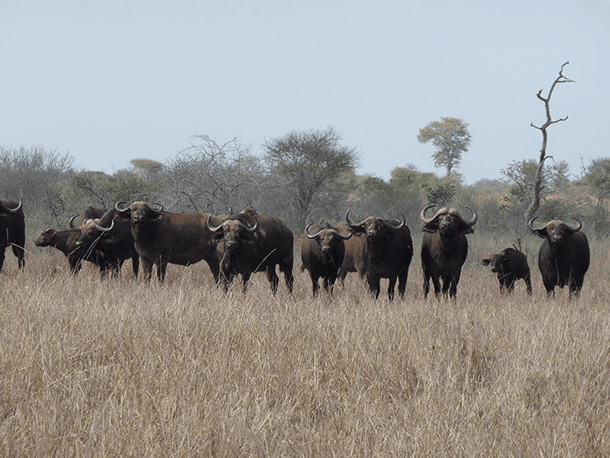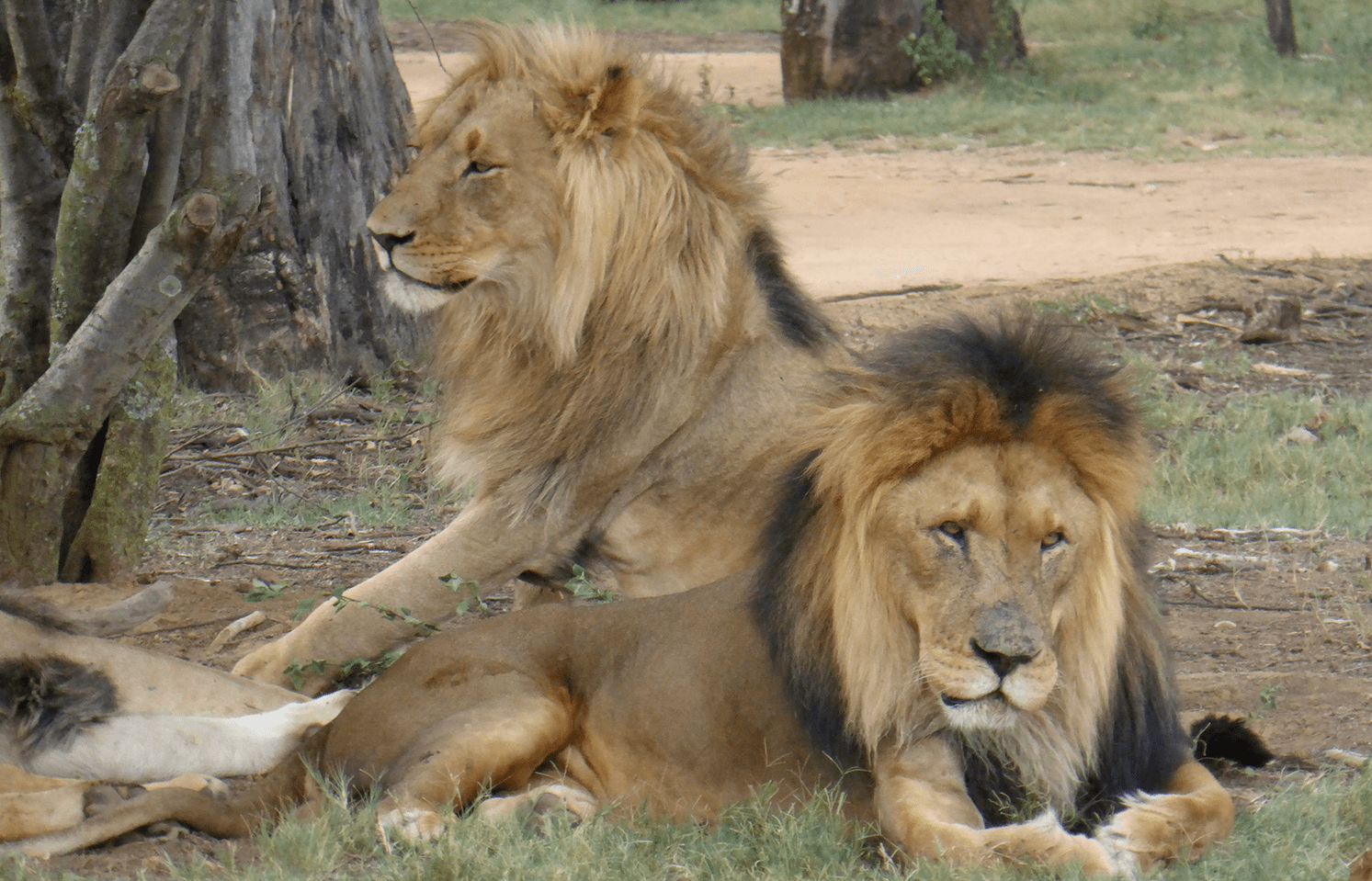Why lions can feast during a drought
Some predators, like lions, can benefit from drought conditions. During drought, many prey species die, providing a banquet of sorts for larger animals.
A deep and prolonged drought has been painful for people across the whole of southern Africa. But, for the continent’s iconic wildlife, the picture is more complex.
South Africa’s drought is its worst since 1910, when record-keeping began. The lack of rain is making life difficult for farmers, and what food they can grow will be more expensive for consumers.
The drought has been particularly severe in the agricultural heartland of the country. Normally, South Africa exports corn, but this year they will have to import it, from as far away as South America.
A drought like this — so devastating for farmers and people struggling to feed themselves — also affects wildlife. Waterholes are drying up, and instead of succulent green grass, animals are finding brittle yellow stalks. But the drought can actually be good for wildlife in the long run, according to Isak Smit, a scientist with the South African National Park Service.
“We’ve got sympathy with agriculture and local communities. A lot of human beings’ welfare and livelihoods are severely affected by these droughts,” Smit says. “However, in these natural systems, like national parks, we realize that droughts are actually a natural and important event that have been happening over millennia.”
Smit says a drought is nature’s way of resetting the ecosystem. And for wildlife, there will be winners and losers.

“Some species will be disadvantaged — for example, hippo, buffalo, warthog, and water buck,” Smit explains. “And then there are other species that are actually favored by drought conditions: think about your predators and scavengers. Because there’s so much more food available and the animals’ conditions are lowered, it’s easier to catch prey.”
But, of course, the ecosystem can only support a limited number of predators. The well-fed wild dogs and fat lions currently enjoying a wild all-you-can-eat buffet will ultimately face more competition to catch a decreasing number of animals. But Smit says increased mortality is actually good for the species.
“During drought, some of the weaker and the diseased animals are the first to die. So the animals that are the fittest and have got the best genetic material actually then form the basis of the population after the drought,” Smit says. Survival of the fittest individuals now will make the species as a whole more equipped to survive drought again in the future.
Smit says some animals have already died from lack of food and water, and rivers and watering holes that are low now will be even more depleted in July and August when the normal dry season arrives. So, the worst of this drought is still to come — for wildlife and people alike.
This article is based on a report by Bobby Bascomb for PRI's Living on Earth with Steve Curwood
